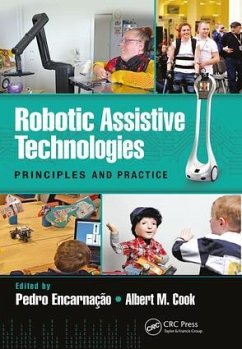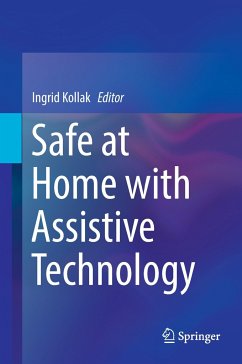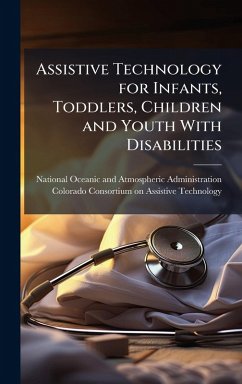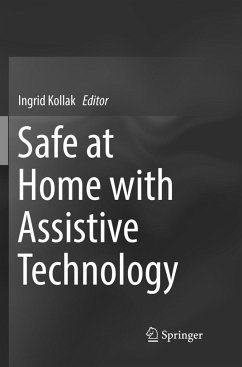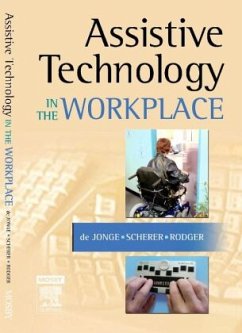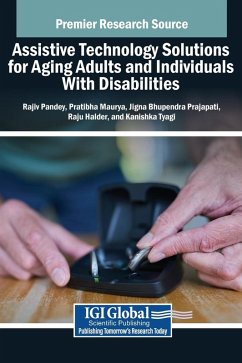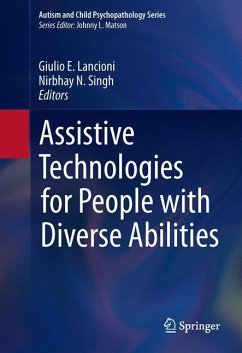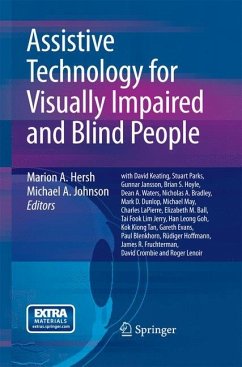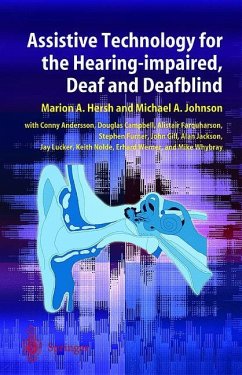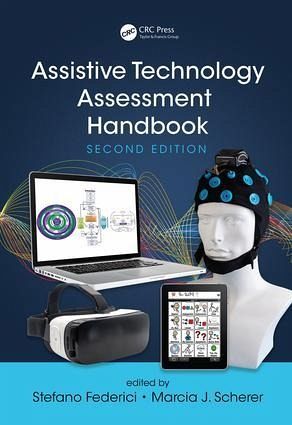
Assistive Technology Assessment Handbook
Versandkostenfrei!
Versandfertig in 1-2 Wochen
236,99 €
inkl. MwSt.
Weitere Ausgaben:

PAYBACK Punkte
118 °P sammeln!
This will be a substantial revision to a well regarded reference work in assitive technology for the disabled. Each chapter will be upgraded with the latest research developments.




